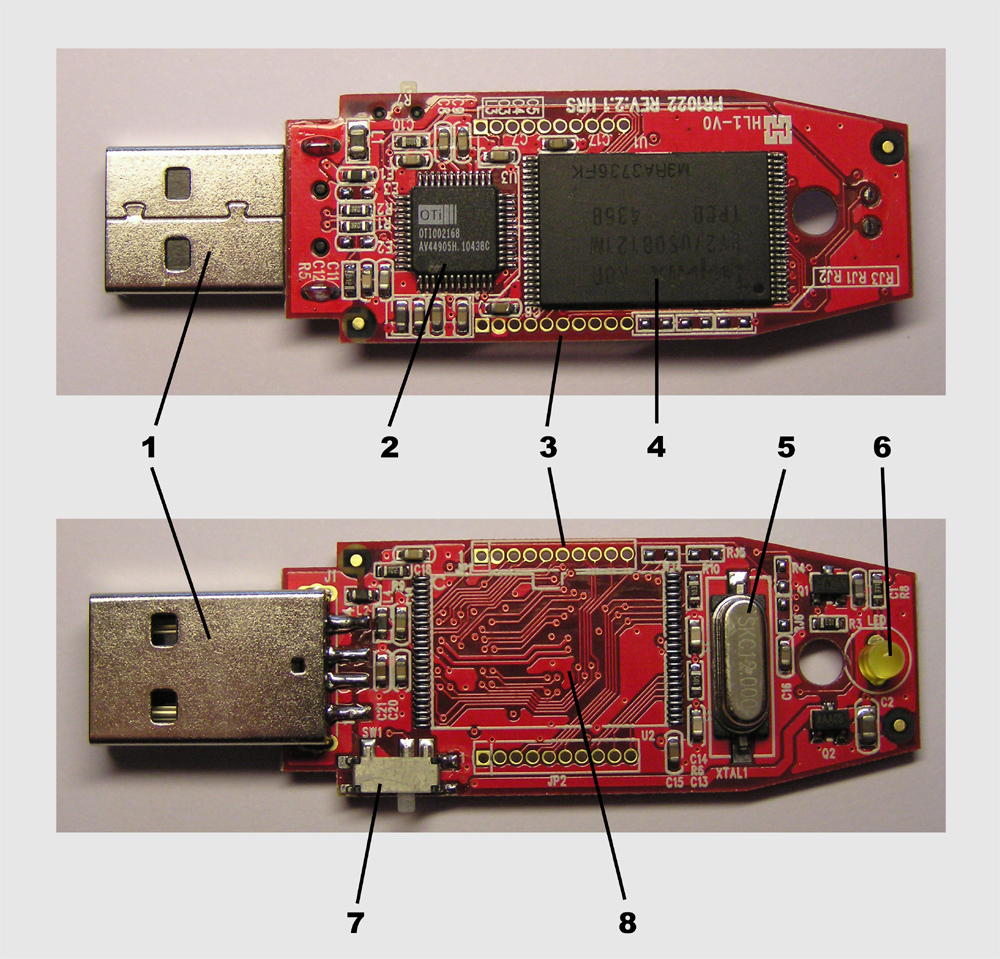Difference Between Serial And Random Access Memory Album
Posted By admin On 02.09.19Related Articles
What Is the Difference Between Sequential and Random Access? According to computer memory manufacturer SanDisk, random access memory is distinguished from sequential memory by its ability to return any item stored in memory at any time without regard for the order in which items are stored. Difference Between Serial And Random Access Memory (ram) The industry also gains compliance testing and a compliance test suite. But the industry has a long history with Serial ATA (SATA), which is by far the most dominant interface for storage in systems today, and the enterprise segment is adopting SAS/SCSI for higher data reliability.
- 1 Computer Memory Identification
- 2 What Are PCI Slots?
- 3 Specifications of a Sony Laptop PCG-7D2L
- 4 Difference Between PCI-E and PCI-X
DIMM and SIMM are two major types of random-access memory standards for personal computers. DIMM is an acronym for “dual in-line memory module,” while SIMM stands for “single in-line memory module.' The naming of each type of RAM refers to the specific way in which the memory is packaged.

Background
SIMM is the older RAM memory module standard. Wang Laboratories developed it in 1983, and it was used on PCs throughout the 1980s and 1990s. DIMM came along in the 2000s to address SIMM limitations that arose with advancing technology.
Pins
DIMM and SIMM are manufactured with pins which enable them to connect to the PC’s motherboard. The typical SIMM module has 72 pins, while the most common pin configuration of the DIMM module is 168 pins. Other DIMM configurations include 100, 144, 172, 184, 204, 214 and 240 pins.
Data
The SIMM pins only support 32-bit data. Although sufficient on early PCs, the emergence of Synchronous DRAM, or SDRAM, meant that memory modules now required a 64-bit data connection to the motherboard. To address the doubled data transfer amount, two SIMM modules were installed instead of one. However, since DIMM supports 64-bit data transfer, it steadily replaced SIMM; one DIMM can be installed instead of two SIMM modules.
Size
The typical SIMM module measures 4.25 inches in length and an inch in width. By comparison, due to the several pin configurations available, DIMM has a physical measurement range of 1.67 to 5.25 inches in length and 1 to 1.75 inches in width.
Difference Between Sequential Access And Direct Access Methods In Operating System
Application
SIMM was applied on computers with Intel 486 or early Pentium processors. As of publication, DIMM has supplanted SIMM as the memory module standard. DIMM is not just limited to PCs -- it can be applied on a variety of electronic products that include printers, netbooks and networking hardware.
References (5)
About the Author
Dan Wonder has been a writer since 2007, contributing to publications such as “Georgetown Research News.” He runs his own PR/communications firm and has a bachelor’s degree in history and a master’s degree in journalism.
 Cite this Article
Cite this Article Choose Citation Style
